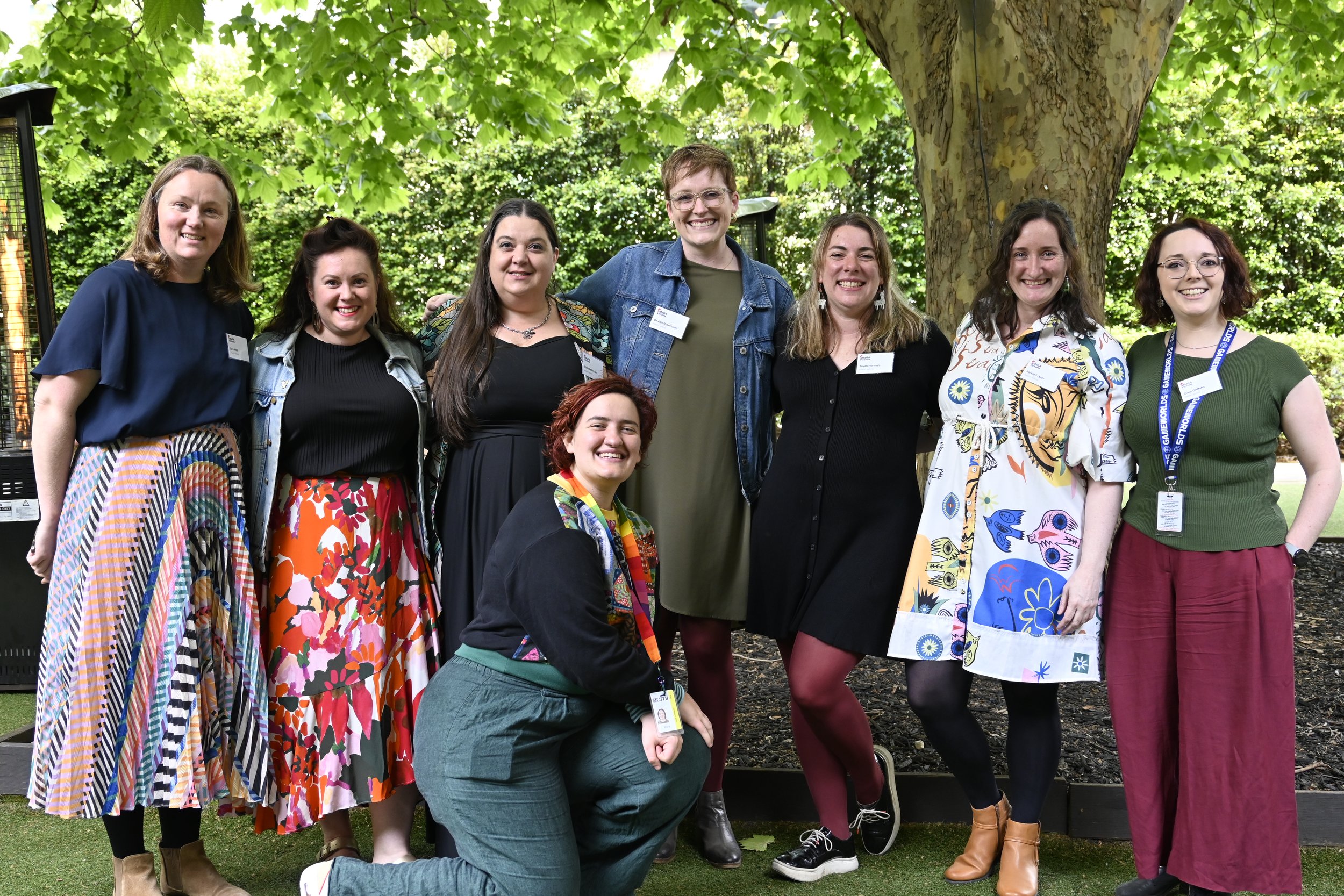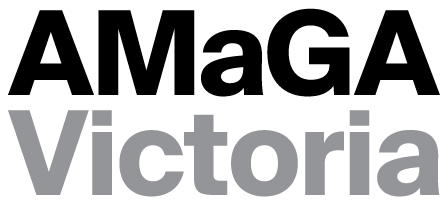
About us
Established in 1994, the Australian Museums and Galleries Association (AMaGA) Victoria has served as the peak body for the state’s museum and gallery sector for over 30 years. We represent more than 1,000 organisations across Victoria—large and small, regional and metropolitan—collectively caring for over 44 million cultural items. Our members include Indigenous Cultural Centres, museums, galleries, historical societies, botanic gardens, and heritage houses and sites. Together, they form a vibrant and diverse ecosystem at the heart of Victoria’s cultural and creative life.
WHAT WE DO
At our core, we enable the development of quality museums and galleries by sharing knowledge, brokering expertise, and strengthening networks. These activities provide pathways to evidence-based programming and services that strategically build on the needs of an ever-changing sector.
Through our work, we aid in the long-term preservation of and access to Victoria's rich cultural heritage. We advocate for best practice in collections care, experience development, storytelling and space activation. With the generous support of Creative Victoria, we work with sector members through key initiatives like the Museum Accreditation Programs and Victorian Collections to build their capacities for safe-guarding collections, creating successful public outcomes and engendering positive community impacts.
OUR CHARTER
As the peak body for the museum and gallery sector in Victoria, AMaGA Victoria promotes the value and impact of collecting and presenting organisations to all levels of government and the broader community. We foster high standards in all aspects of museum and gallery practice through research, policy development, publications, and professional training.
We support the advancement of everyone who contributes to the sector—First Peoples communities, paid staff, volunteers, contractors, and independent practitioners—by creating opportunities to build skills, share knowledge, and strengthen networks.
AMaGA Victoria facilitates the exchange of ideas in ways that affirm the vital role of museums and galleries in society, stimulating dialogue around principles and practices, and inspiring excellence across the sector.
OUR VISION
A thriving Victorian museum and gallery sector, empowering people to see, understand, and contribute to the world.
OUR PURPOSE
To advocate for and enable the sector to perform its vital role in shaping and responding to culture and society with authenticity and courage.
OUR GOALS
-
Bringing people together
We do this by:
Delivering and promoting face-to-face and digital opportunities to encourage knowledge-sharing, sector networking, and discussion
Regularly communicating with members and the wider sector
Providing guidance through sharing resources, expertise, knowledge, and networks
Outwardly promoting the activities and initiatives of the Victorian cultural sector
-
Building knowledge and expertise
We do this by:
Providing accessible, relevant and affordable professional development and practical training that educates, stimulates, and challenges
Collaborating with users and stakeholders to design programs and services
Supporting industry standards and peer recognition
Developing an understanding of ethics responsive to contemporary practice
-
Amplifying voices
We do this by:
Celebrating and building the role of museums and galleries as impactful contributors to social, cultural, educational, and economic development
Providing platforms and opportunities to celebrate and acknowledge the achievements and contributions of our sector
Communicating sector needs, concerns, and goals to key stakeholders, giving a voice to our membership
-
Looking to the horizon
We do this by:
Promoting innovation, creativity, diversity and inclusion
Providing thoughtful sector leadership in a rapidly changing world
Building sustainability and resilience for ourselves and across the sector
Encouraging and engaging in difficult conversations
Delivering programming that is relevant to the emerging needs of the sector
